SPS 200 – Ceramic Suction Lysimeters for Humidity Analyses – Ø 31mm & Ø 63mm
From 0,00 €
- SOIL MOISTURE TECHNOLOGY: Precise measurement based on tension for moisture analysis.
- FILTERING CERAMIC: Porous ceramic filtering water, retaining soil particles.
- DIVERSE USAGE: Perfect for agricultural research, environmental studies, and pollution monitoring.
- VARIED SIZES: Available in multiple sizes for various depths and types of soil.
- DATA COLLECTION: Crucial for understanding soil moisture dynamics and environmental impacts. (The sampling rod does not make measurements.
– What is Measured? –
The soil solution collected by the SPS 200 sampling system is analyzed to determine various elements, such as ionic content, pesticides, and other pollutants. (The sampling rod does not make measurements.)
– Principle –
The various pollutions in soils are now recognized as being of major importance, given the risks of pollutant migration to groundwater that supplies us with drinking water.
With a very simple design, the SPS 200 sampling system has been created to answer the numerous questions posed by environmental sciences today. The SPS 200 system represents the first link in the chain of studying soluble pollutants in agricultural soils or any other type of soil. The extraction of a liquid solution from the soil by suction through a porous ceramic is the principle used by the SPS 200 system. This principle is economical, fast, and very effective. Indeed, this simple sampling principle will allow you to collect your liquid samples very quickly for subsequent analysis. (Dosing and understanding the fate of fertilizers in general. Measuring Nitrates, or various pollutants, etc…).
– Characteristics –
Use: Sampling of solutions in soils, particularly those in the form of free and available waters at pressures compatible with tensions in tensiometry (0 to -850 mbars).
Sampling Principle: A ceramic fixed to the end of a hollow PVC rod is inserted into the soil. A depression inside the rod creates suction, forcing the soil solution to circulate into the rod.
Solution Collection: The recovered solution is transferred to a collection flask for laboratory analysis.
Ceramic Options: Two ceramic diameters (31 mm and 63 mm) for different extraction rates.
– You also need –
Vacuum Pump: To prepare the lysimeter and collect the soil solution. Available in manual version (ref. SPS 400) or electric (ref. PAV 2000).
Collection Flask: Ref. SPS 300, complete with 2m of Ø4mm PA tube.
– About SDEC –
 SDEC is your global partner for SDEC solutions in radiation protection. Welcome to the world of SDEC France, a leader in environmental and scientific solutions for radiation protection in over 21 countries. Since 1991, SDEC France has been designing, manufacturing, and marketing a wide range of equipment for environmental study and monitoring.
SDEC is your global partner for SDEC solutions in radiation protection. Welcome to the world of SDEC France, a leader in environmental and scientific solutions for radiation protection in over 21 countries. Since 1991, SDEC France has been designing, manufacturing, and marketing a wide range of equipment for environmental study and monitoring.
Additional information
| Ø | 31mm, 63mm |
|---|---|
| Length | 15 cm, 20 cm, 25 cm, 30 cm, 35 cm, 40 cm, 50 cm, 55 cm, 60 cm, 65 cm, 70 cm, 75 cm, 80 cm, 100 cm, 110 cm, 120 cm, 150 cm |









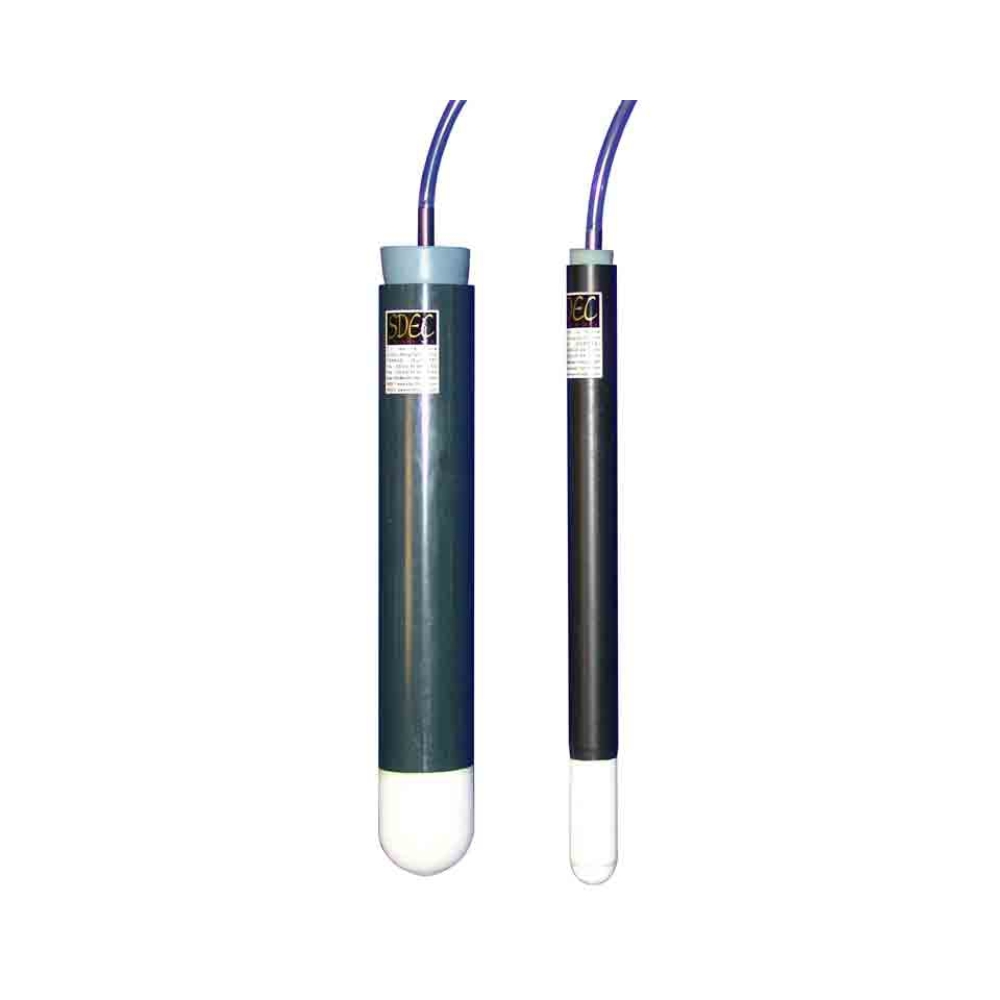
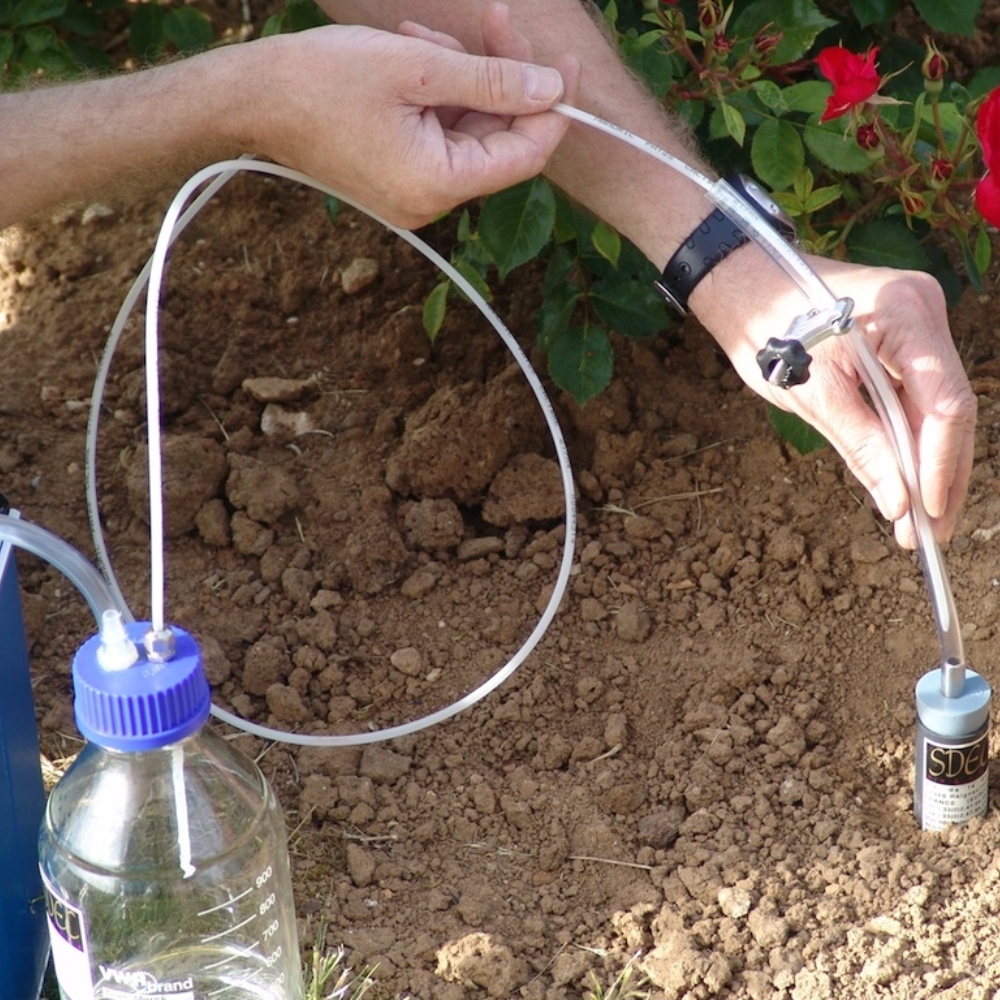

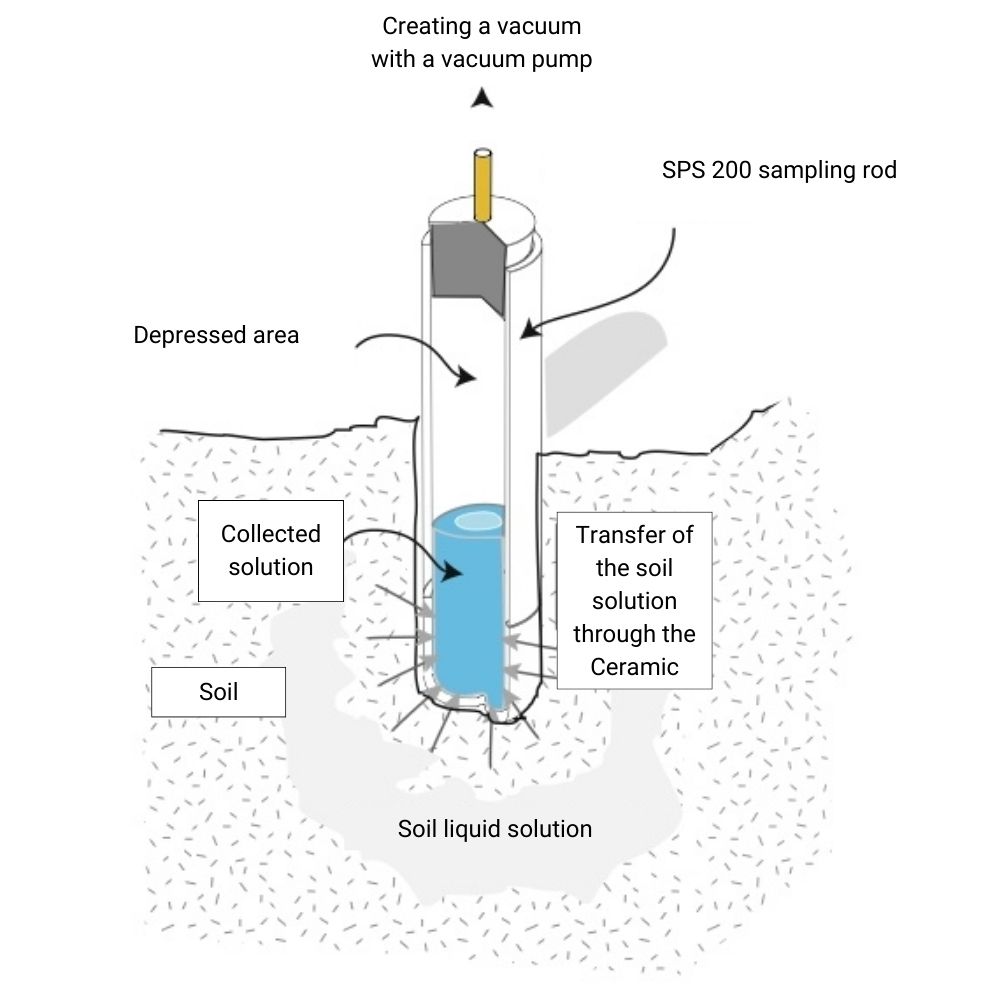

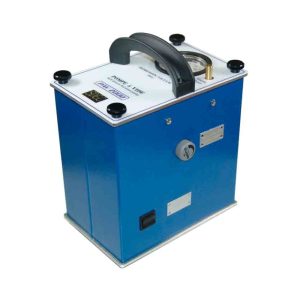
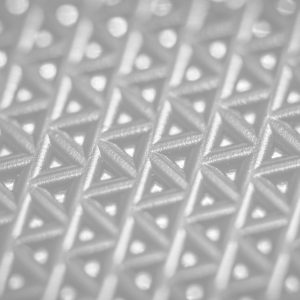
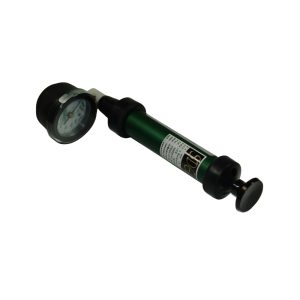
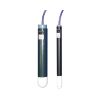
Reviews
There are no reviews yet.